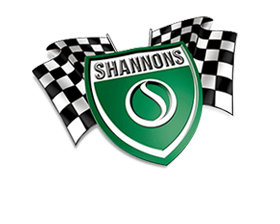c1934 Riley 'Special' Race Car
Sold: $29,500
Specifications
| Engine | In-line four-cylinder, 1560cc |
|---|---|
| Gearbox | 4-speed manual |
| Body Work | Roadster |
| Colour | Unpainted |
| Interior | Maroon |
| Trim | Cloth |
| Wheels | Wire-spoked |
| Brakes | Drums |
Description
Riley's catchphrase ?As Old as the Industry - As Modern as the Hour? was no small boast, with a history of building automobiles dating back almost to the dawn of motoring and a reputation subsequently founded on making cars of the highest quality. Founded by Percy Riley, the son of a successful motorcycle manufacturer, the earliest Riley car was a quadricycle developed in 1899 and saw one of the first uses of a mechanically-operated inlet valve, pre-dating even the advanced Benz motor car in pioneering this technology. Percy Riley was joined by his brothers Victor and Allan in forming the Riley Engine Company in Coventry in 1903, initially supplying their father's firm (and others such as Singer) with engines but in 1905 branched into building motor cars with the development of a prototype powered by a v-twin motor. The first production Riley, the 17/30, was shown at the 1913 London Motor Show and the company expanded rapidly, branching into aero engines during World War One. The landmark Riley Nine was introduced in 1926, combining excellent performance and build quality in a relatively inexpensive 1100cc car. Designed by Stanley and Percy Riley, ?The Wonder Car? as it was known, sold well and lasted in production until 1937. The Nine's free-revving engine and responsiveness to tuning were its major attributes, making it a firm favourite with sporting motorists whose budgets wouldn't stretch to the more expensive Lagondas and Bentleys. Riley exponents like Freddie Dixon enjoyed major success on the track through the 1930s, with Dixon himself one of the first to recognise the potential of the engines and chassis and the builder of a great many specials. Developments like the six-cylinder MPH and Sprite models saw Riley competing at all levels of motor sport, from grass roots club events to international races like Le Mans, where the cars from Coventry finished second, third, fifth and six in the 1934 edition of the famous 24-Hour race, taking out the Rudge-Whitworth Cup and the Team Prize in the process. Post-war the plentiful supply of donor cars made the Riley the mainstay of Vintage Sports Car Club racing in the UK and elsewhere, including Australia. As a result numerous ?modern? specials have been constructed over the years, most adhering to the formula of a highly tuned engine mounted in an underslung chassis with vestigal bodywork.











